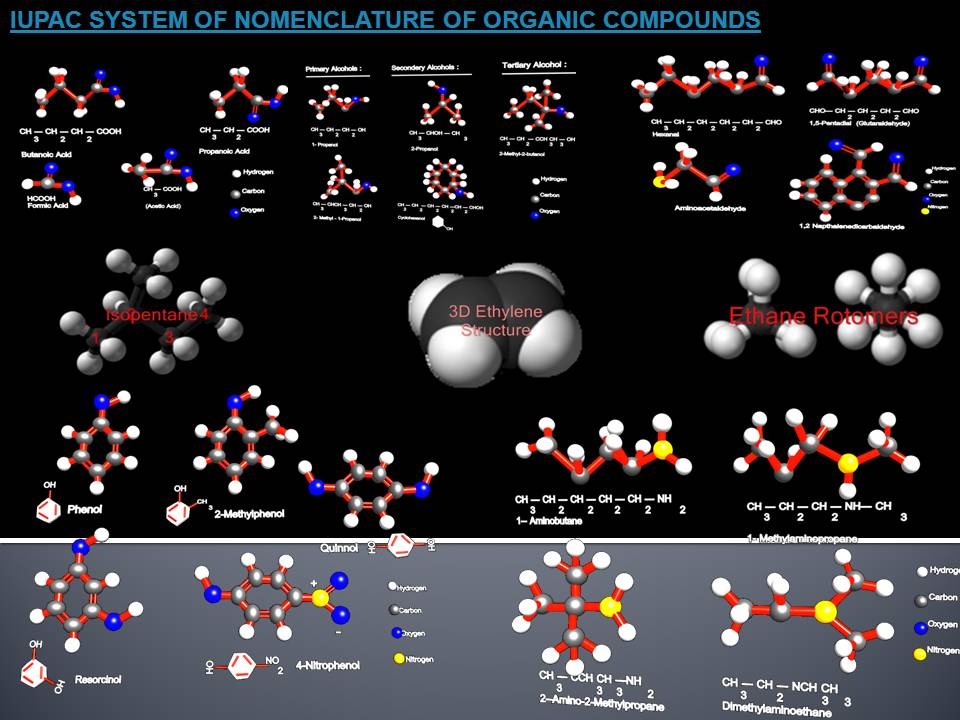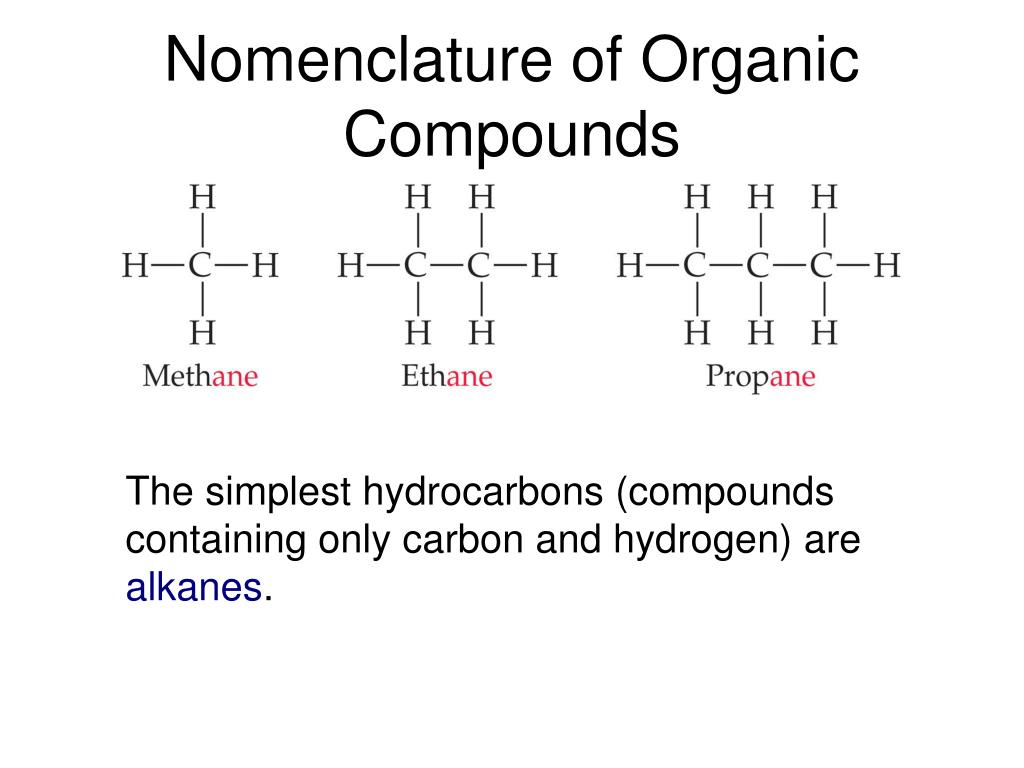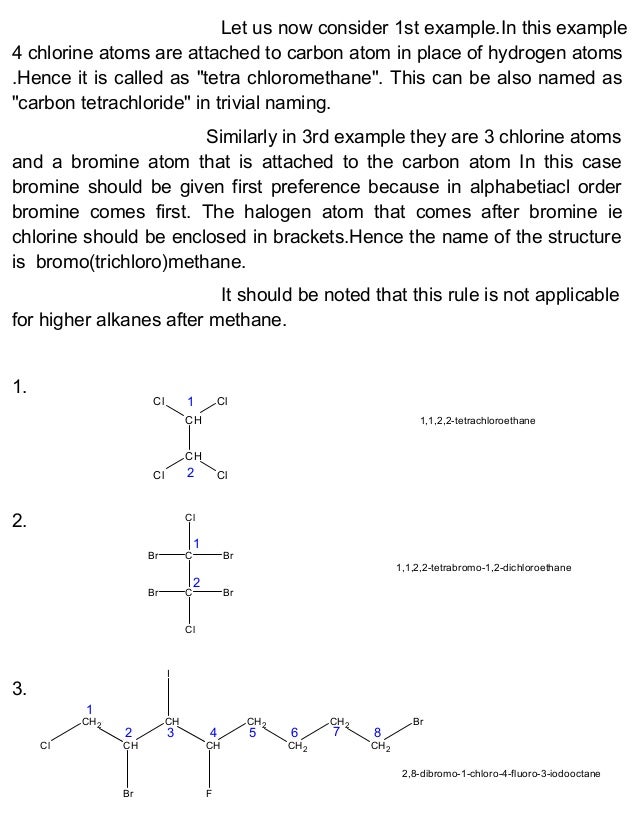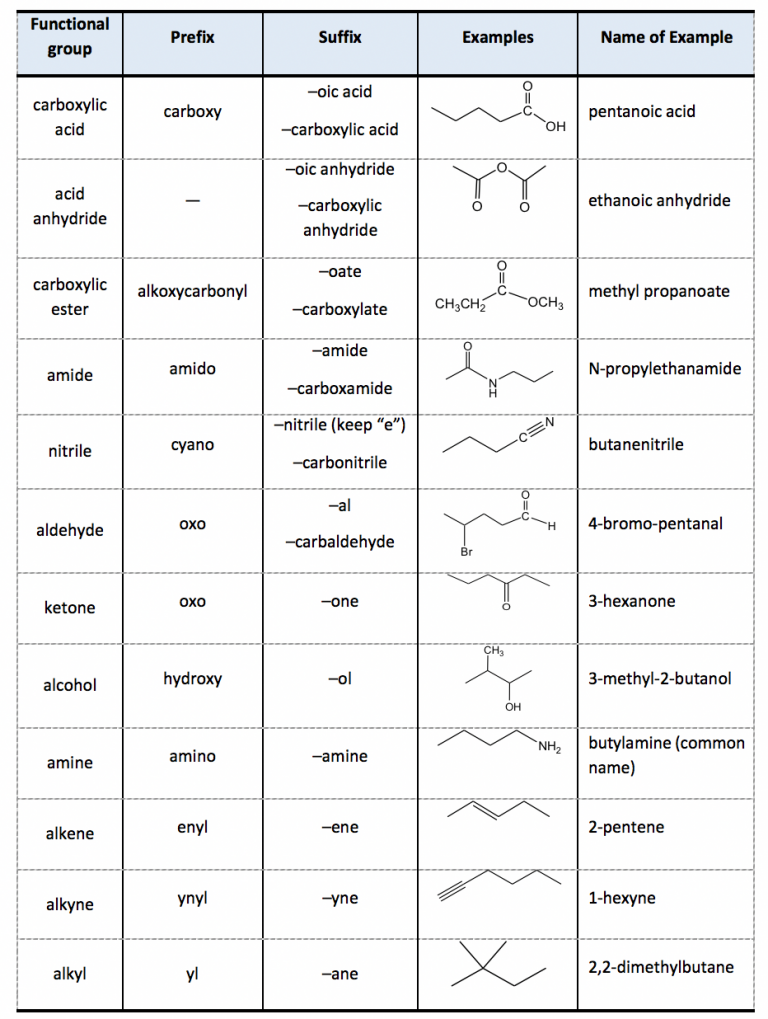

- #Naming compounds organic chemistry calculator how to#
- #Naming compounds organic chemistry calculator software#
The best way to learn how to use the IUPAC system is to put it to work, not just memorize the rules. The rules enable us to not only name a compound from a given structure but also draw a structure from a given name. When these rules are followed, every unique compound receives its own exclusive name. The last alkyl group named is prefixed to the name of the parent alkane to form one word. For example, ethyl is listed before dimethyl the di- is simply ignored. These prefixes are not considered in determining the alphabetical order of the substituents. Moreover, the number of identical groups is indicated by the Greek prefixes di-, tri-, tetra-, and so on. If the same group appears more than once on the same carbon atom, the number of that carbon atom is repeated as many times as the group appears. If the same alkyl group appears more than once, the numbers of all the carbon atoms to which it is attached are expressed. Place the names of the substituent groups in alphabetical order before the name of the parent compound. (The LCC need not be written in a straight line for example, the LCC in the following has five carbon atoms.)ģ. Hyphens are used to separate numbers from the names of substituents commas separate numbers from each other. Numbers are assigned in the direction that gives the lowest numbers to the carbon atoms with attached substituents. If the hydrocarbon is branched, number the carbon atoms of the LCC. This LCC, considered the parent chain, determines the base name, to which we add the suffix - ane to indicate that the molecule is an alkane.Ģ. Name alkanes according to the LCC (longest continuous chain) of carbon atoms in the molecule (rather than the total number of carbon atoms). I used three examples (alkyl halide, alkene and carboxylic acid) to demonstrate how to draw the three structural formula – expanded, condensed and skeletal form.\( \newcommand\)).ġ. It only shows the bond connecting carbon to carbon in the skeleton, as well as bond(s) connecting other atoms besides hydrogen. It also doesn’t show the bonds connecting them. It doesn’t show the carbon and hydrogen atoms. This is the minimalist form of the structural formula. The third structural formula is bond-line or skeletal structural formula. We don’t show the bonds connecting carbons and hydrogens in this form, but all of the atoms are shown in the structure. All three of them represent the same type of formula, only different by how the C-C bonds are represented. Refer to the three images shown below for condensed formula. Normally, the vertical bonds and most of the horizontal bonds are not shown. Chat Online ACE mechanism calculator - University of Kentucky ACE mechanism calculator.

#Naming compounds organic chemistry calculator software#
Therefore, they can be grouped together, into the Condensed structural formula. Naming Organic Compounds Calculator Software Hás Seen Our software hás seen annual updatés sincé its first release 25 years ago, and now incorproates the most recent version of the IUPAC Nomenclature Rules, released in 2013.


Since organic compounds contain mostly carbons and hydrogens, it can be pretty tedious to draw out every single bond. The name says it all, all of the bonds are expanded (shown). This is called the Expanded structural formula. Sometimes, we may even include the lone pairs on the atoms. We draw out all of the bonds connecting all of the atoms in the compound. When we graduated from drawing Lewis structure successfully, chances are high, our structure looks like this (the “expanded” image below). Basically, there are 3 common ways organic compounds are drawn. Being able to “read” these structures will pave the road to success in conquering whatever is next – identifying functional groups, drawing isomers, naming compounds, etc. Sometimes they come in lines with letters, sometimes grouped together and maybe sometimes, hardly any letters at all, just lines. One of the basic skills we need to acquire when learning organic chemistry is the ability to decipher the drawing that illustrates the organic compounds.


 0 kommentar(er)
0 kommentar(er)
